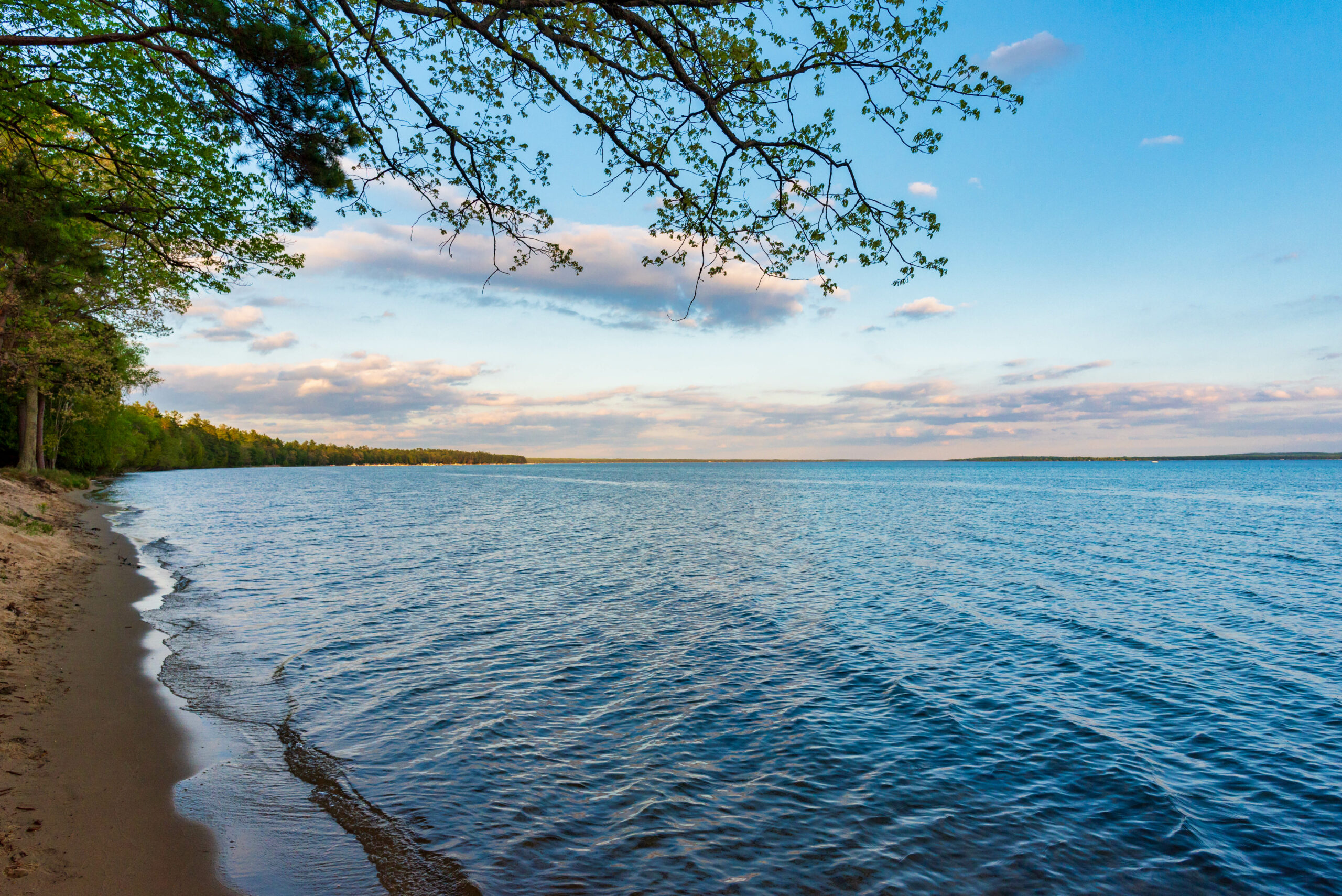The History of Higgins Lake: A Look Back in Time
Higgins Lake is renowned for its pristine waters, peaceful shores, and stunning year-round beauty, but it’s also a place rich in history. Nestled in the heart of Northern Michigan, this beloved lake has played a significant role in shaping the region’s identity. Whether you’re a history buff or simply curious, let’s dive into the story behind Higgins Lake and uncover its fascinating past.
- How Higgins Lake Got Its Name
Higgins Lake was named after Sylvester Higgins, Michigan’s first chief of the topographical department. In the 19th century, Higgins contributed to mapping the state’s untamed wilderness, paving the way for settlers, explorers, and adventurers to discover its beauty.
- His work highlighted the natural treasures of Michigan, including its expansive forests, abundant waterways, and diverse wildlife.
- Naming the lake in his honor was a way to recognize his contributions to Michigan’s growth and preservation.
- Native American Roots
Long before settlers arrived, the land surrounding Higgins Lake was home to the Anishinaabe people.
- The lake and its surrounding forests provided food, shelter, and spiritual significance to the tribes.
- Legends of the area speak of the sacred connection between the people and the land, emphasizing respect for the natural world.
Understanding this heritage deepens our appreciation for the lake and its importance to Michigan’s history.
- A Hub for Logging and Early Industry
In the late 19th and early 20th centuries, Northern Michigan was at the heart of the state’s booming logging industry, and Higgins Lake played a crucial role.
- The lake’s deep waters and nearby rivers made it an ideal location for transporting logs downstream to sawmills.
- Many of the state’s old-growth forests were logged during this time, shaping Michigan’s economy and landscape.
While the era of large-scale logging has passed, remnants of this history can still be found in the region, particularly in nearby Hartwick Pines State Park.
- Conservation Efforts and the Rise of Tourism
By the early 20th century, conservationists began to recognize the importance of preserving Michigan’s natural beauty.
- The creation of South Higgins Lake State Park and North Higgins Lake State Park marked a turning point, protecting the lake and surrounding land for public use.
- These parks, established in the 1920s and 1930s, became popular destinations for camping, fishing, and outdoor recreation.
Higgins Lake’s transformation from an industrial hub to a tourist destination helped shape its identity as a place for relaxation and connection with nature.
- Higgins Lake Today: A Testament to Michigan’s Legacy
Today, Higgins Lake is a treasured gem of Northern Michigan, known for its clear waters, sandy beaches, and vibrant community.
- The lake continues to attract visitors year-round, offering activities like boating, fishing, hiking, and snowshoeing.
- Conservation efforts ensure that the lake remains as pristine as it was centuries ago, honoring both its natural beauty and historical significance.
Whether you’re enjoying a quiet sunset on the shore or exploring the surrounding trails, Higgins Lake is a living reminder of Michigan’s rich heritage.
- Experience the History Yourself at the Winter-Chard Chalet
Immerse yourself in the history and beauty of Higgins Lake with a stay at the Winter-Chard Lake Forest Chalet.
- Perfectly located to explore the lake and its surrounding parks, the chalet offers the ideal mix of modern comfort and natural charm.
- After a day of uncovering the area’s history, unwind by the fire and reflect on the timelessness of this incredible destination.
Plan Your Visit
Higgins Lake is more than just a vacation spot—it’s a place where history, nature, and community come together. From its early days as a hub for exploration and industry to its role as a modern-day retreat, the lake’s story is one worth experiencing firsthand.
Book your stay at winterchard.com and start your journey into the past, present, and future of Higgins Lake.

Leave a Reply